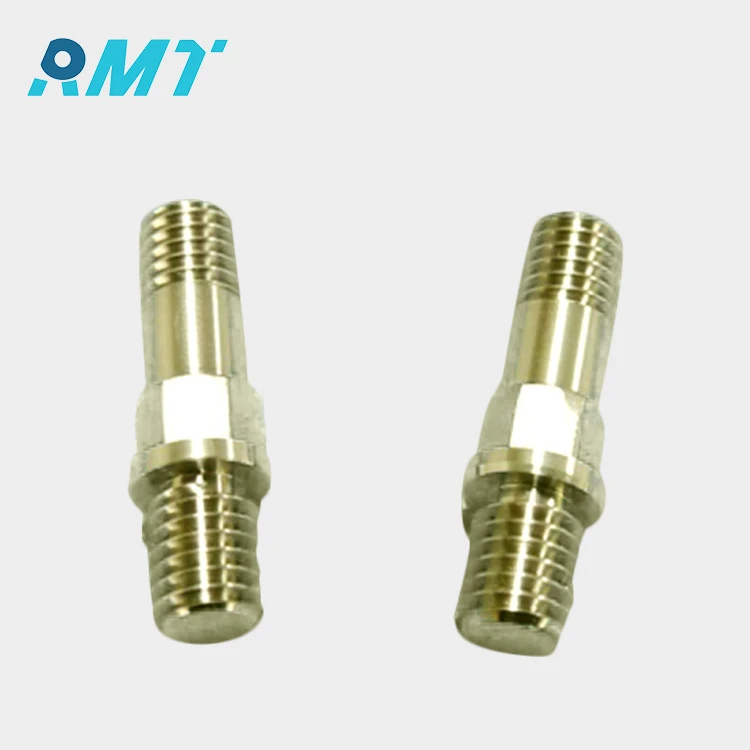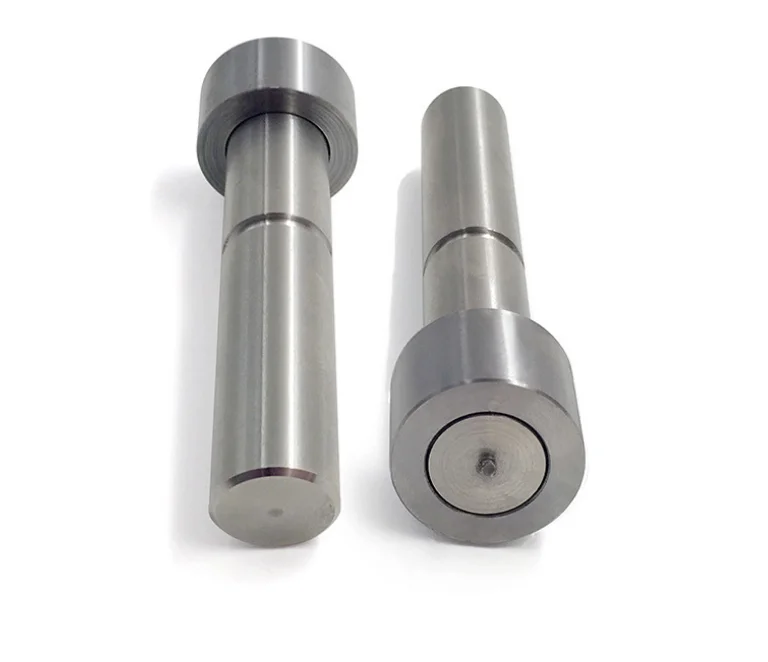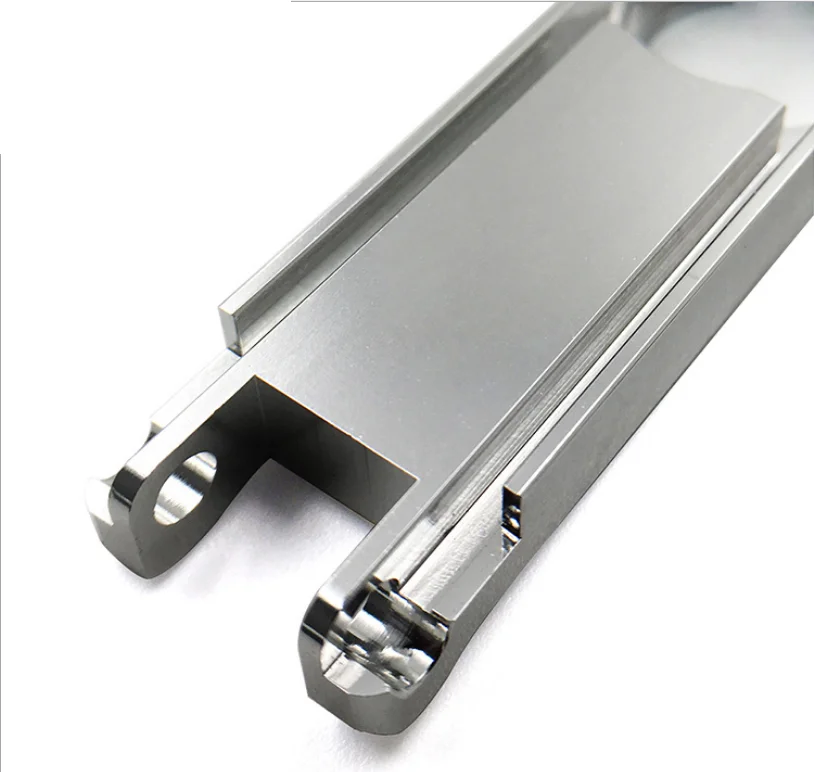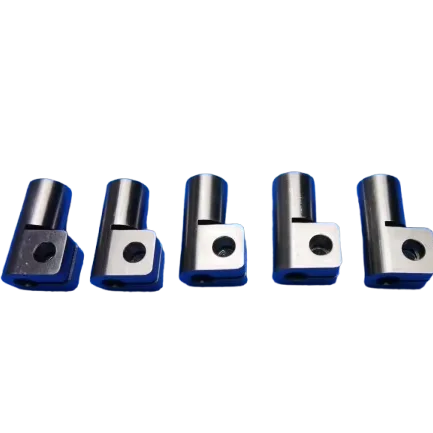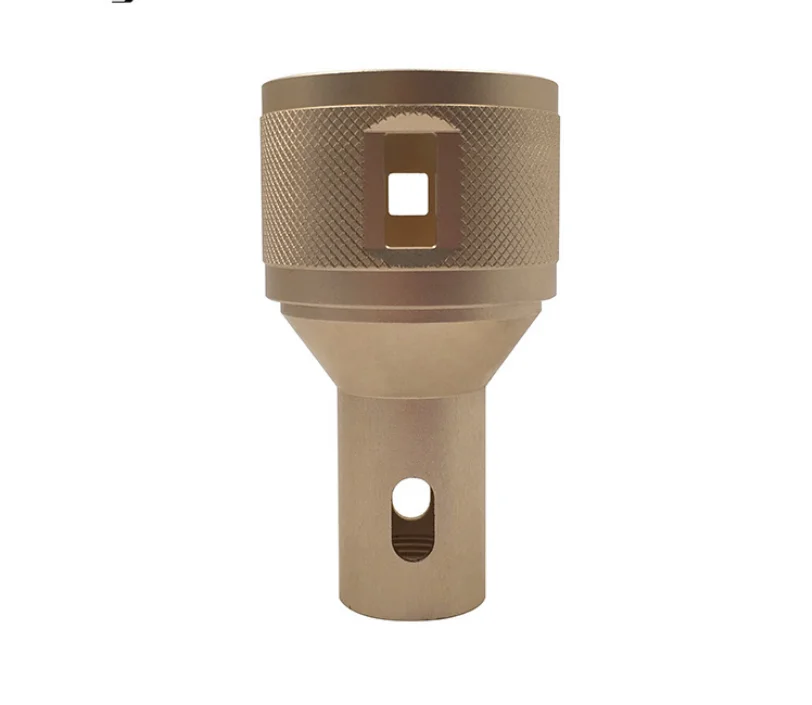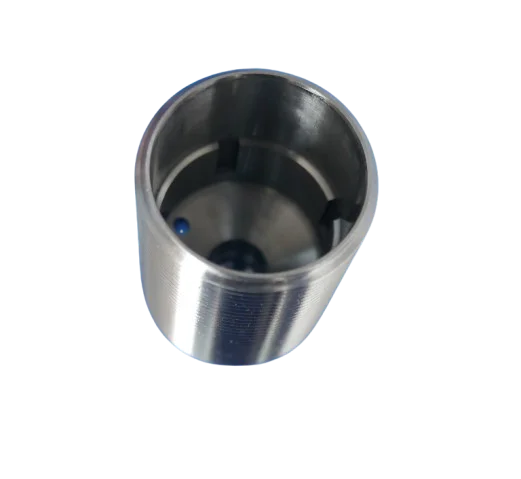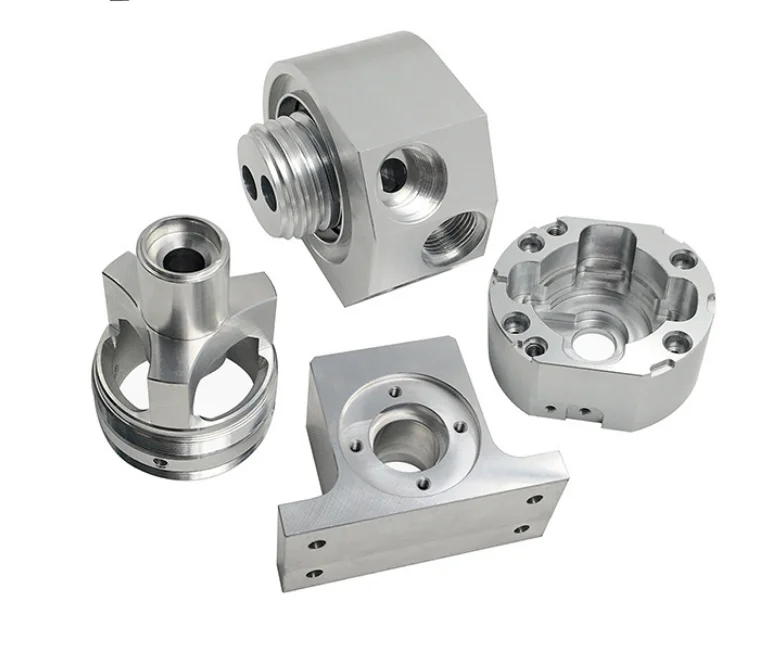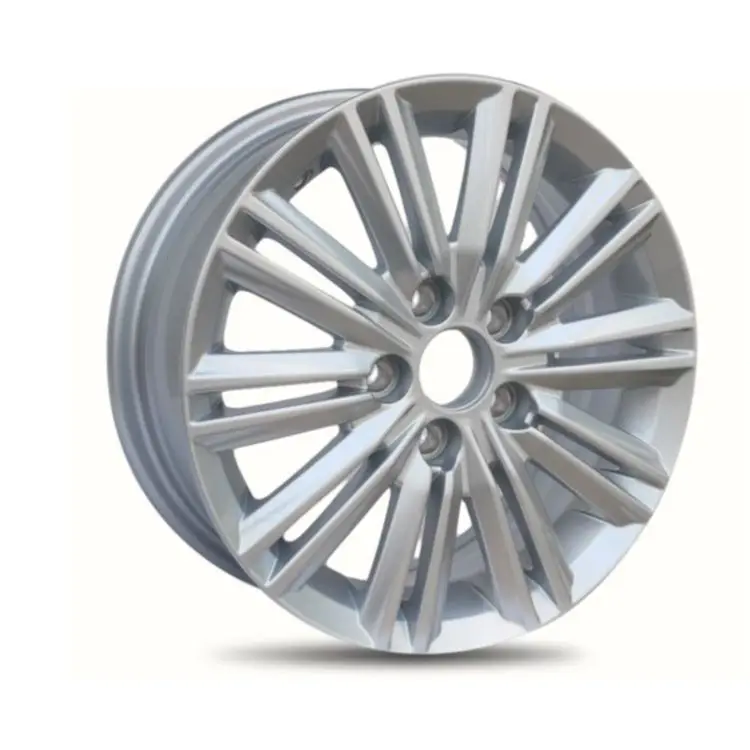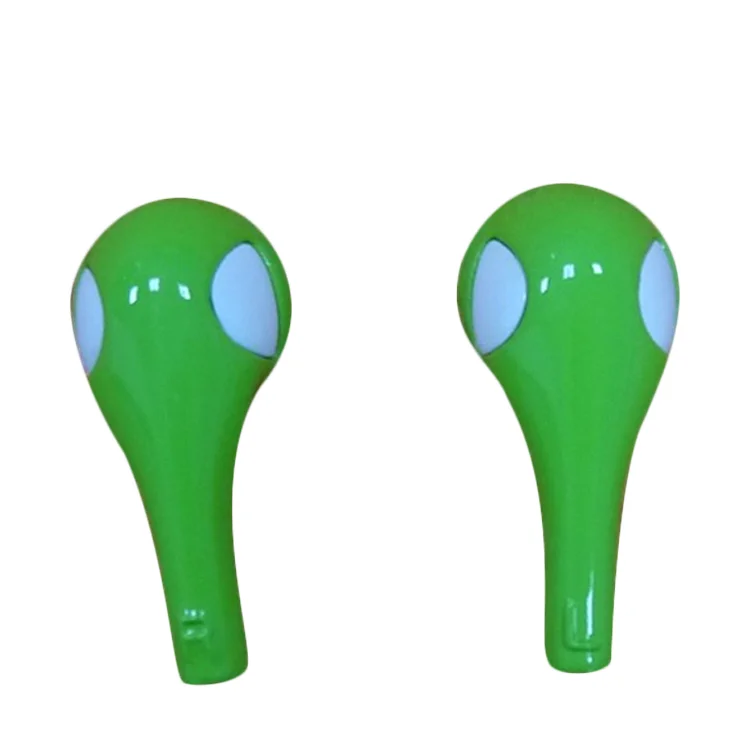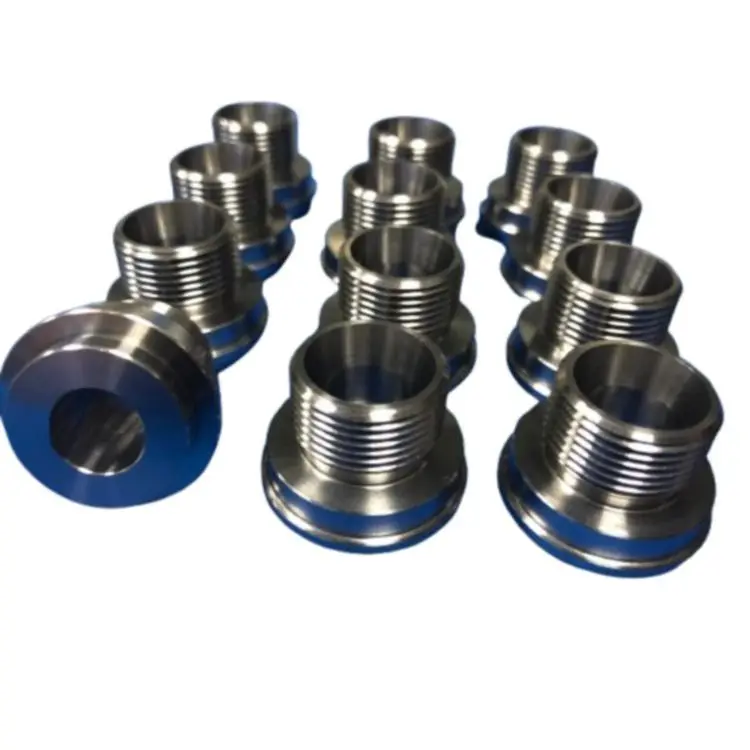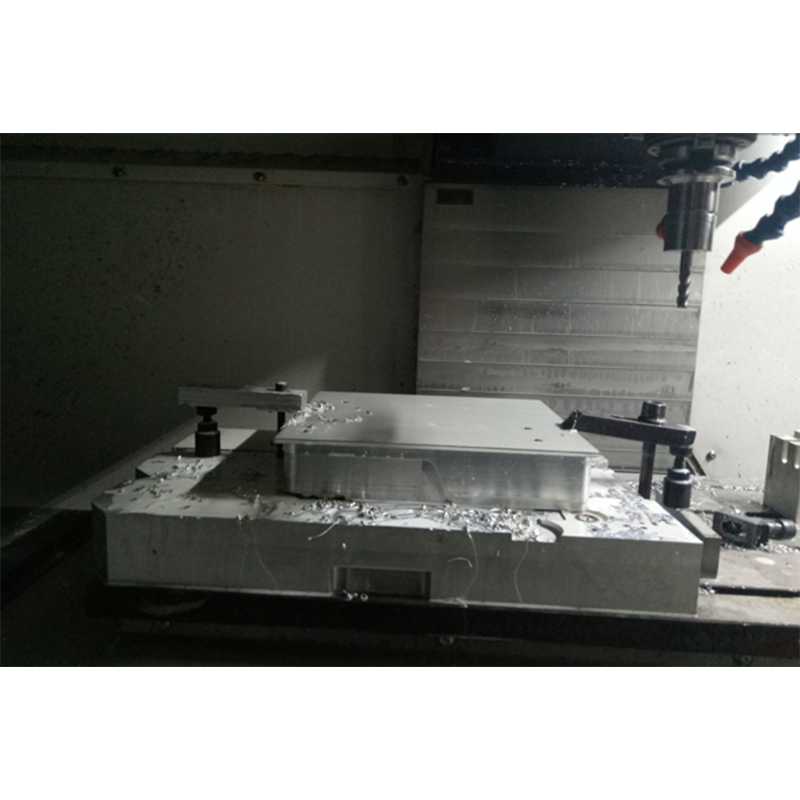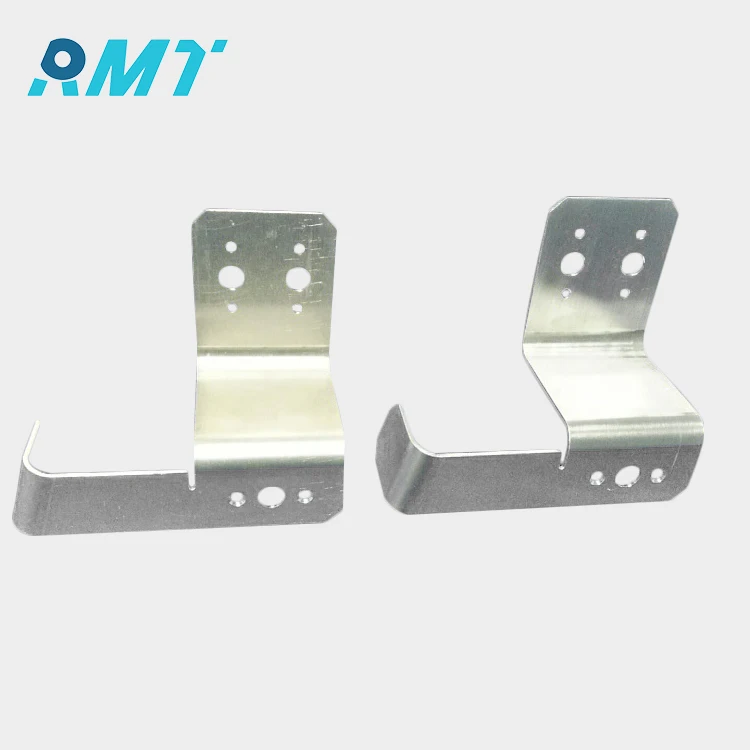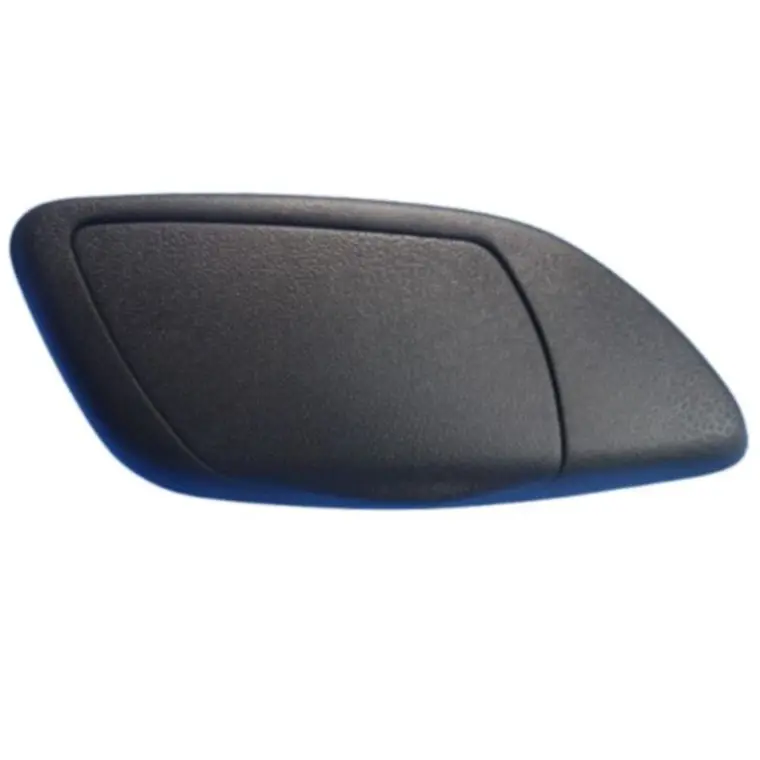The Role of CNC Machined Parts in Aerospace Engineering
The Critical Importance of CNC Machined Parts in Aerospace Engineering
Achieving Micron-Level Precision for Flight Safety
Precision is paramount in aerospace engineering, where even a slight deviation of a few microns can significantly impact safety and performance. Aircraft components, from engines to turbine blades, must adhere to exact specifications; deviations could lead to malfunctions or catastrophic failures. Industry standards like AS9100 are in place to mitigate such risks, demanding rigorous inspections and testing methods to ensure precision. In 2020, NASA reported that over 93% of its mission hardware adhered to micron-level precision, underscoring the critical role of accurate machining in maintaining aerospace safety records. This meticulousness has a cascading effect, fostering trust and reliability in air travel by minimizing potential mechanical errors.
Complex Geometries in Turbine Blades and Structural Components
Designing turbine blades and structural components involves tackling complex geometries—a challenge that traditional manufacturing methods often struggle to manage. CNC machining rises to this challenge by enabling the creation of intricate shapes with high precision. An example of this is how Airbus used CNC technology to develop advanced turbine blade designs, leading to enhanced performance and fuel efficiency in their next-gen aircraft. The benefits extend beyond performance improvements; the ability to reduce weight without sacrificing strength is a hallmark of precision CNC machining. Case studies have shown that aircraft incorporating these advanced designs can achieve up to a 15% increase in fuel efficiency, underscoring the pivotal role of CNC in modern aerospace innovations.
5-Axis Machining Capabilities for Aerospace Demands
5-axis CNC machining represents the pinnacle of capability in producing intricate aerospace components requiring machining from multiple angles. This technology allows for more complex and precise parts, like contoured aerodynamic surfaces, which are otherwise difficult to manufacture. The primary advantage of 5-axis machining lies in its ability to reduce setup times, thereby streamlining workflow and enhancing production efficiency. Companies like Boeing have integrated 5-axis machining into their processes, observing significant reductions in production time and costs. This integration has enabled them to meet the increasing demand for lightweight, high-strength components, thus facilitating faster delivery schedules without compromising quality.
High-Performance Aluminum Alloys and Titanium Machining
High-performance aluminum alloys and titanium are pivotal in aerospace applications due to their exceptional properties. These materials exhibit a favorable strength-to-weight ratio and high corrosion resistance, essential for aircraft efficiency and durability. Aluminum alloys, known for their light weight and durability, are often used in structural components and skins, while titanium finds application in engine parts and fasteners due to its resistance to extreme temperatures. When machining these materials, specific challenges arise, such as tool wear and thermal effects, which necessitate precision machining techniques. The aerospace industry constantly seeks improvements in these techniques to enhance machining efficiency and product longevity, as evidenced in numerous industry reports showcasing trends in material utilization.
Sheet Metal Fabrication for Aircraft Structural Integrity
Precision sheet metal fabrication plays a crucial role in maintaining aircraft structural integrity, and CNC machining significantly enhances accuracy and consistency. Using materials like aluminum and titanium in sheet metal processes helps achieve weight savings and flexibility in design, a core advantage in aerospace engineering. CNC machining ensures precise shaping and alignment of components, which is vital for constructing integral aircraft structures such as wings and fuselage frames. Successful applications of sheet metal fabrication in aircraft design often demonstrate process efficiency gains, showcasing how modern fabrication methods contribute to durable yet lightweight aerospace designs.
Rapid Prototyping for Next-Gen Aerospace Components
Rapid prototyping accelerates the design process for new aerospace components, reducing time-to-market for innovations. Techniques such as additive manufacturing, integrated with CNC machining, offer flexible solutions for intricate designs and testing, fostering quicker adaptations to industry demands. Companies utilizing these methods significantly shorten development cycles while meeting stringent aerospace standards, exemplified by current case studies. As aerospace innovations continue to evolve, rapid prototyping remains crucial for developing advanced components and maintaining industry competitiveness.
Factory Customized Five-Axis Machining for Complex Components
Factory customization of 5-axis CNC machining significantly enhances the production capabilities for complex aerospace components. This level of customization allows manufacturers to cater to specific design needs, including complex geometries and intricate features, thus improving both performance and production speed. Customized 5-axis solutions offer increased flexibility, enabling operators to handle a diverse range of component designs efficiently. This flexibility translates to improved component performance and reduced manufacturing times, as evidenced by successful implementations in the field, where tailored solutions have led to operational efficiency and quicker fulfillment of design specifications.
High-Precision CNC Milling/Turning for Aircraft Parts
High-precision CNC milling and turning play vital roles in producing aircraft components, ensuring superior accuracy and consistency. These processes are particularly suited for materials such as aluminum, titanium, and stainless steel, which are common in the aerospace industry due to their favorable properties. Technological advancements in CNC machinery have significantly improved precision and accuracy, allowing the production of intricate features with tight tolerances. This enhancement not only boosts operational efficiency but also contributes to the safety and reliability of aerospace applications, ensuring that components behave as expected under demanding circumstances.
Stainless Steel Mechanical Parts for Harsh Environments
Stainless steel is a preferred material for mechanical parts used in harsh aerospace environments due to its exceptional corrosion resistance and durability. The CNC machining process effectively shapes stainless steel components, ensuring that they meet the stringent performance needs required in aerospace applications. Methods such as milling and turning optimize the material's properties, resulting in parts with enhanced lifespan and reliability even under extreme conditions. Successful implementations of stainless steel components in aerospace projects have demonstrated their robustness, contributing to long-term operational success and reliability in harsh conditions.
Titanium Alloy Laser-Cut Components for Spacecraft
Titanium alloys are integral to spacecraft components due to their high strength and low weight, essential properties for aerospace projects where efficiency and durability are paramount. Laser cutting is a precision technique that enables detailed cuts in titanium components, meeting the exacting standards of aerospace manufacturing. This technology has been used successfully in numerous spacecraft projects, where titanium laser-cut parts have contributed substantially to mission success by optimizing weight and structural performance.
Custom Aluminum/Stainless Steel Accessories for Avionics
There is a growing demand for custom accessories in avionics, which requires precision engineering to ensure compliance with aviation standards and functional reliability. CNC machining supports this need efficiently, producing components from aluminum and stainless steel, known for their robustness and lightweight properties. These materials are increasingly favored in avionics for their ability to withstand operational demands while ensuring structural integrity. Advances in CNC technologies have significantly improved the quality and reliability of these components, enhancing efficiency and ensuring that accessories meet the industry's stringent standards.

 EN
EN
 AR
AR
 BG
BG
 HR
HR
 CS
CS
 DA
DA
 NL
NL
 FI
FI
 FR
FR
 DE
DE
 EL
EL
 IT
IT
 JA
JA
 KO
KO
 NO
NO
 PL
PL
 PT
PT
 RO
RO
 RU
RU
 ES
ES
 SV
SV
 IW
IW
 LV
LV
 SR
SR
 SK
SK
 UK
UK
 GL
GL
 HU
HU
 TH
TH
 TR
TR
 FA
FA
 GA
GA
 CY
CY
 EU
EU
 BN
BN
 BS
BS
 LA
LA
 NE
NE
 SO
SO
 KK
KK
